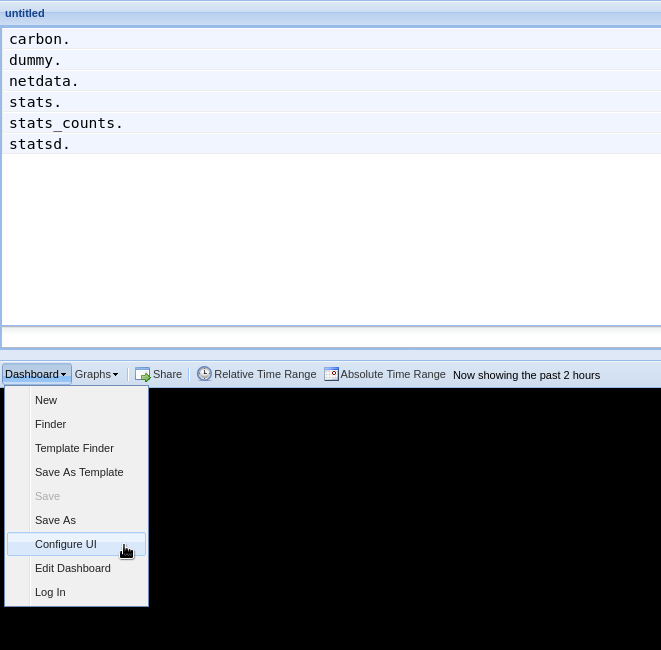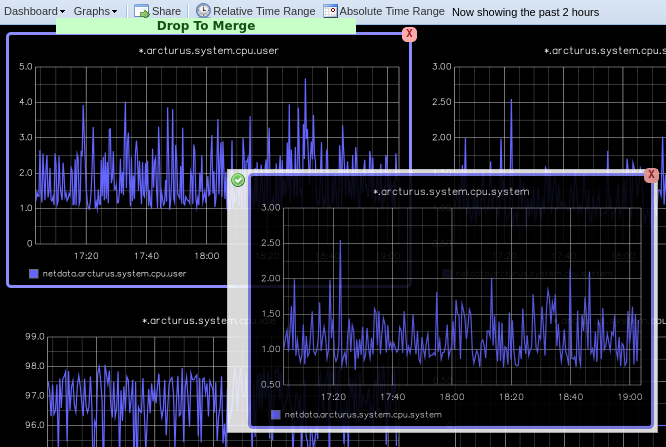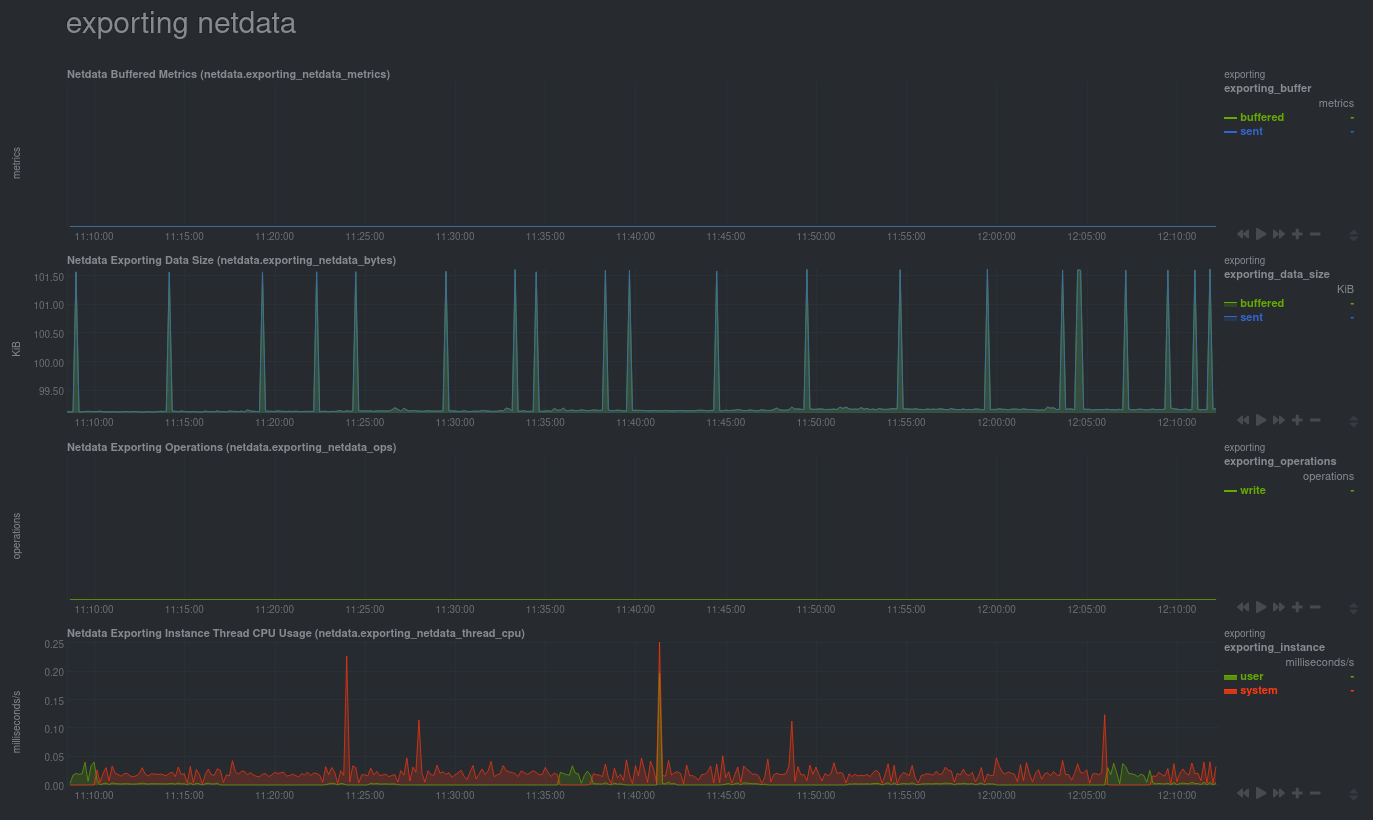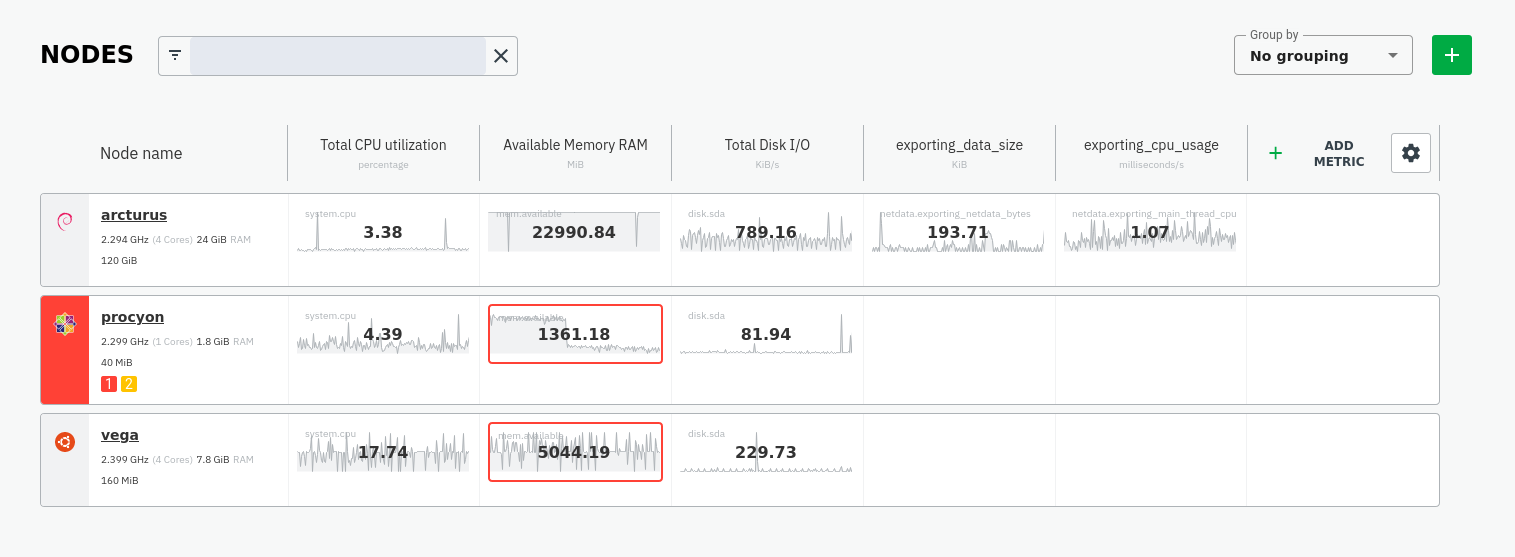diff options
| author | Chris Akritidis <43294513+cakrit@users.noreply.github.com> | 2023-02-16 13:28:26 -0800 |
|---|---|---|
| committer | GitHub <noreply@github.com> | 2023-02-16 13:28:26 -0800 |
| commit | 3e507768b9ef255eae869403172dc17e32a821d0 (patch) | |
| tree | 8580c1507a82489512eb8d4709a93cb122ba431e /exporting | |
| parent | 91b3c4296fb2ec1f0546624cd327e8cc61e58034 (diff) | |
Reorg markdown files for learn (#14547)
* Move export graphite metrics guide content to new integrations landing
page and exporter readme
* Merge info on how to write python collector and reorg file
* Codacy warning fixes
Diffstat (limited to 'exporting')
| -rw-r--r-- | exporting/graphite/README.md | 108 |
1 files changed, 103 insertions, 5 deletions
diff --git a/exporting/graphite/README.md b/exporting/graphite/README.md index 7de445936d..4b132a5272 100644 --- a/exporting/graphite/README.md +++ b/exporting/graphite/README.md @@ -13,15 +13,36 @@ You can use the Graphite connector for the [exporting engine](https://github.com/netdata/netdata/blob/master/exporting/README.md) to archive your agent's metrics to Graphite providers for long-term storage, further analysis, or correlation with data from other sources. +## Prerequisites + +You have already [installed Netdata](https://github.com/netdata/netdata/edit/master/packaging/installer/README.md) and +Graphite. + ## Configuration -To enable data exporting to a Graphite database, run `./edit-config exporting.conf` in the Netdata configuration -directory and set the following options: +Begin by using `edit-config` to open the `exporting.conf` file. + +```bash +cd /etc/netdata # Replace this path with your Netdata config directory +sudo ./edit-config exporting.conf +``` + +Enable the exporting engine by setting `enabled` to `yes` in the `[exporting:global]` section. + +```conf +[exporting:global] + enabled = yes +``` + +Next, configure the connector. Find the `[graphite:my_graphite_instance]` example section and uncomment the line. +Set the `destination` setting to `localhost:2003`. By default, the Docker image for Graphite listens on port `2003` for +incoming metrics. If you installed Graphite a different way, you may need to change the port accordingly. ```conf -[graphite:my_graphite_instance] +[graphite:netdata] enabled = yes destination = localhost:2003 + ... ``` Add `:http` or `:https` modifiers to the connector type if you need to use other than a plaintext protocol. For @@ -33,7 +54,84 @@ example: `graphite:http:my_graphite_instance`, password = my_password ``` -The Graphite connector is further configurable using additional settings. See -the [exporting reference doc](https://github.com/netdata/netdata/blob/master/exporting/README.md#options) for details. +The final result for a remote, secured host should be the following: + +```conf +[graphite:https:netdata] + enabled = yes + username = my_username + password = my_password + destination = remote_host_url:2003 + # data source = average + # prefix = netdata + # hostname = my_hostname + # update every = 10 + # buffer on failures = 10 + # timeout ms = 20000 + # send names instead of ids = yes + # send charts matching = * + # send hosts matching = localhost * +``` + +We'll not worry about the [rest of the settings](https://github.com/netdata/netdata/blob/master/exporting/README.md#options) + for now. Restart the Agent using `sudo systemctl restart netdata`, or the +[appropriate method](https://github.com/netdata/netdata/blob/master/docs/configure/start-stop-restart.md) for your +system, to spin up the exporting engine. + +## See and organize Netdata metrics in Graphite + +Head back to the Graphite interface again, then click on the **Dashboard** link to get started with Netdata's exported +metrics. You can also navigate directly to `http://NODE/dashboard`. + +Let's switch the interface to help you understand which metrics Netdata is exporting to Graphite. Click on **Dashboard** +and **Configure UI**, then choose the **Tree** option. Refresh your browser to change the UI. + + + +You should now see a tree of available contexts, including one that matches the hostname of the Agent exporting metrics. +In this example, the Agent's hostname is `arcturus`. + +Let's add some system CPU charts so you can monitor the long-term health of your system. Click through the tree to find +**hostname → system → cpu** metrics, then click on the **user** context. A chart with metrics from that context appears +in the dashboard. Add a few other system CPU charts to flesh things out. + +Next, let's combine one or two of these charts. Click and drag one chart onto the other, and wait until the green **Drop +to merge** dialog appears. Release to merge the charts. + + + +Finally, save your dashboard. Click **Dashboard**, then **Save As**, then choose a name. Your dashboard is now saved. + +Of course, this is just the beginning of the customization you can do with Graphite. You can change the time range, +share your dashboard with others, or use the composer to customize the size and appearance of specific charts. Learn +more about adding, modifying, and combining graphs in +the [Graphite docs](https://graphite.readthedocs.io/en/latest/dashboard.html). + +## Monitor the exporting engine + +As soon as the exporting engine begins, Netdata begins reporting metrics about the system's health and performance. + + + +You can use these charts to verify that Netdata is properly exporting metrics to Graphite. You can even add these +exporting charts to your Graphite dashboard! + +### Add exporting charts to Netdata Cloud + +You can also show these exporting engine metrics on Netdata Cloud. If you don't have an account already, +go [sign in](https://app.netdata.cloud) and get started for free. + +Add more metrics to a War Room's Nodes view by clicking on the **Add metric** button, then typing `exporting` into the +context field. Choose the exporting contexts you want to add, then click **Add**. You'll see these charts alongside any +others you've customized in Netdata Cloud. + + + +## What's next +What you do with your exported metrics is entirely up to you, but as you might have seen in the Graphite connector +configuration block, there are many other ways to tweak and customize which metrics you export to Graphite and how +often. +For full details about each configuration option and what it does, see +the [exporting reference guide](https://github.com/netdata/netdata/blob/master/exporting/README.md). |
